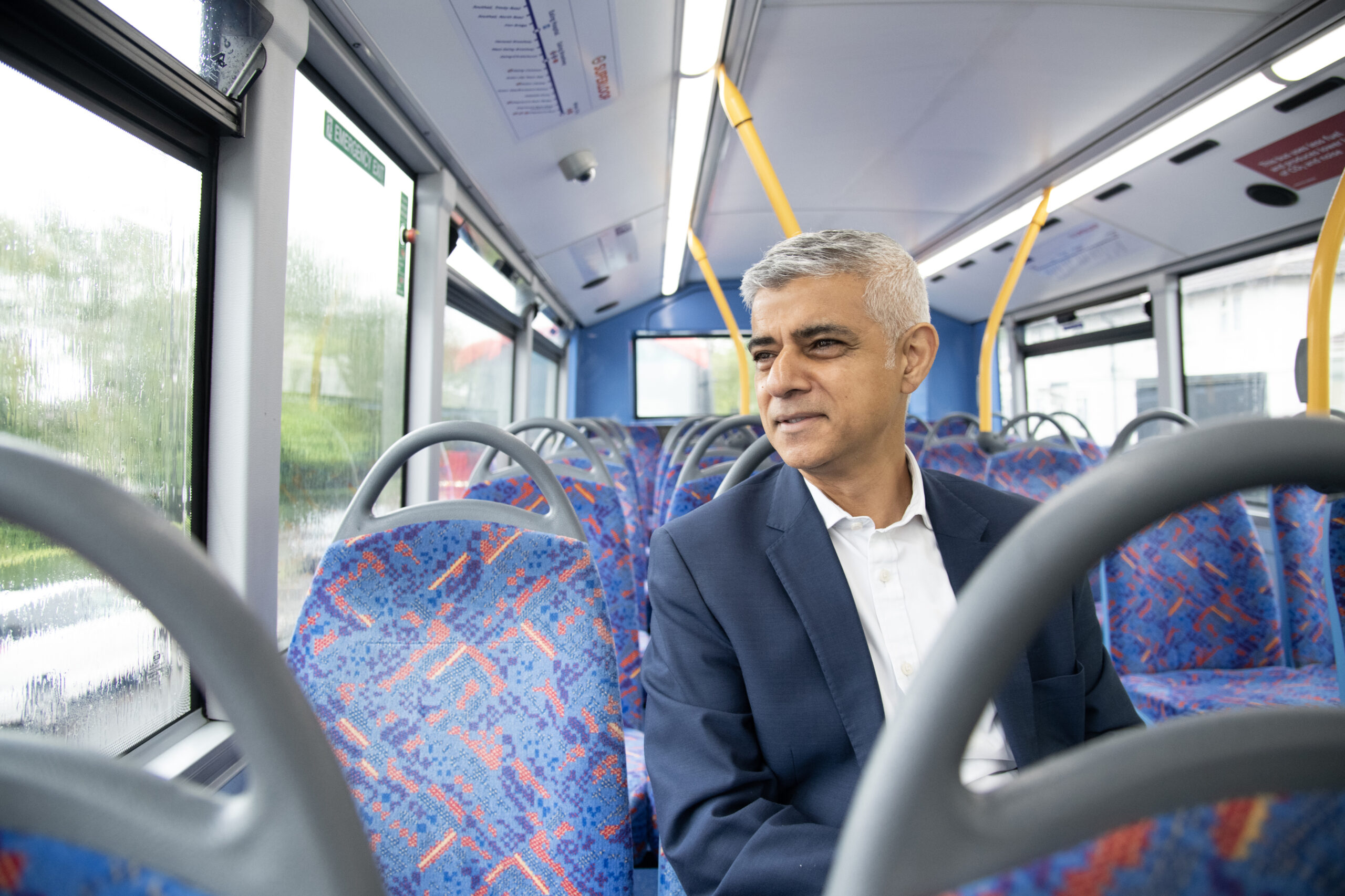The UK’s model of governance seems impervious to radical technological change, but elsewhere in the world, countries are getting digital democracy right, says Theo Bass, a researcher at innovation foundation Nesta and author of a report looking at the tools governments have at their fingertips.
Technology has the power to transform democracy in the UK and around the world – Photo credit: PA
Almost every sphere of life – finance, tourism, shopping, work and our social relationships – has been dramatically transformed by the rise of new communication tools and easy access to information.
Indeed, the ubiquity of social media platforms and multitude of opportunities opened through increased use of data insights have resulted in a variety of novel approaches to solving problems, from the popularity of crowdsourcing, crowdfunding to the rise of the sharing economy.
And yet the everyday technologies at our fingertips have played a minimal role in the daily workings of UK politics to date.
Our model of democratic governance is the one domain that seems impervious to radical technological change. Debates still require speakers to be physically present, there is little use of data sharing during parliamentary sessions and MPs vote by walking through corridors.
The perception of a gap between the way in which citizens go about their daily lives and the way in which politics is carried out has been linked to declining trust and confidence in our democratic institutions today.
“Our model of democratic governance seems impervious to radical technological change.”
Large minorities in the US and Europe no longer see democracy as a good system of government; this is particularly the case for young people.
In response, many have argued that digital technologies can help. They can encourage greater participation, better decisions, and more trust. Nesta is today publishing research that brings together the best in global case studies where technology is helping to boost democratic engagement.
These examples show how digital tools can be used to make significant inroads into the everyday practice of parties, parliaments and governments, empowering people in new ways.
Tools like Your Priorities, which are specifically designed to encourage more positive forms of opinion sharing online, are encouraging new forms of civic engagement and are increasingly being used at scale in Estonia and Reykjavik.
Another tool gaining traction is Pol.is, which simply asks users to react to other people’s statements one-by-one. It uses machine learning to cluster and visualise different opinion groups.
In contrast to social media, the incentive is to create inclusive and nuanced statements that win over people in opposite opinion groups. It was most notably used by the digital minister for Taiwan to settle a dispute related to the regulation of ride-sharing services like Uber.
These tools can substantially improve the ability of public officials to gain an accurate understanding of the demands and desires their electorates.
Related content
Doteveryone calls for politicians to have technology mentors
Future parliament: How a change of scenery could encourage innovation
However, there are many other cutting-edge opportunities to be considered for forward thinking government and party practitioners.
On the more experimental side, the use of speech detection or natural language processing algorithms holds promise for how public officials manage and quickly summarise large volumes of citizen-generated text.
They could, for example, provide an estimation of the originality of someone’s idea based on the use of rarely-used words, or be used to flag and moderate abusive comments.
Other emerging technologies like virtual reality (VR) are exciting in how they could help people to bypass text-based interaction altogether, potentially building better empathy for democratic deliberations across the boundaries of physical space. Pilots in this area today are scarce but potentially represent a new area of innovation.
“True innovation in ‘digital democracy’ will lie in the combination of technology and new organisational models”
For now, however, offline interaction between parliament and people must still be prioritised in an online world. The leading examples of digitally enabled democracies in our new report demonstrate that better public involvement requires much more than reliance on the digital tools at hand.
Take for example the Icelandic Pirate Party, the country’s joint-second most popular party, and its approach to policy-making.
While every policy is debated and approved on the party’s online platform, most of these ideas originated in a number of offline meetings held across the country. Here, the digital element acts as a way to summarise face-to-face discussions, and to open up the debate to the wider membership.
The participatory budgeting platform and initiative in Paris – ‘Madame Mayor, I have an idea’ – is also notable. The city is using a digital platform to collect and evaluate people’s ideas to improve the city.
At a cost of €500m over five years, it’s one of the world’s biggest exercises in bottom-up crowdsourcing. Crucially, the online activity is supplemented with a huge number of offline workshops, groups and civil society-led activity, which galvanises people at a local level to take part.
Ultimately, the true innovation in ‘digital democracy’ will lie in the combination of technology alongside new organisational models.
As a first step, we need to raise awareness of the tools and initiatives already underway. And, while many of these innovations are still young, they illustrate some of the more immediate ways of addressing the gulf of disconnect between citizens and those in power.



